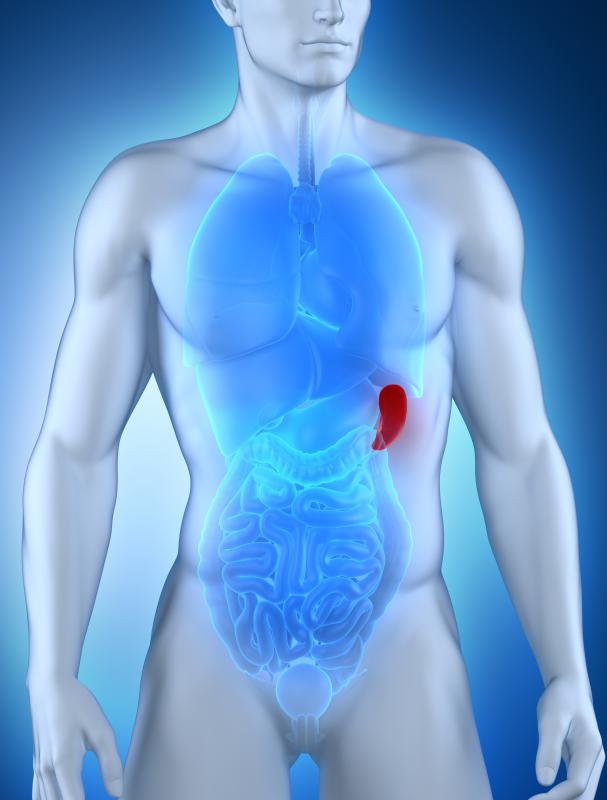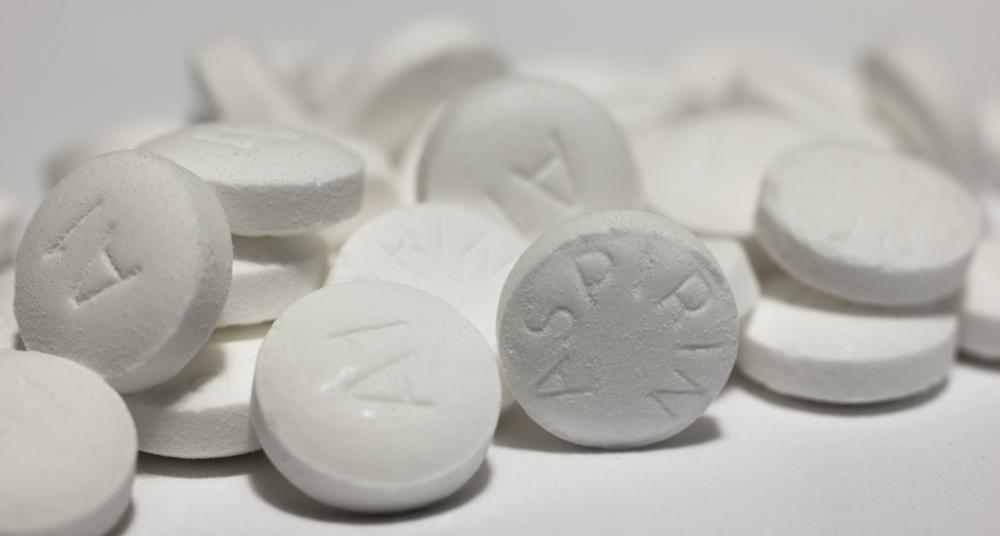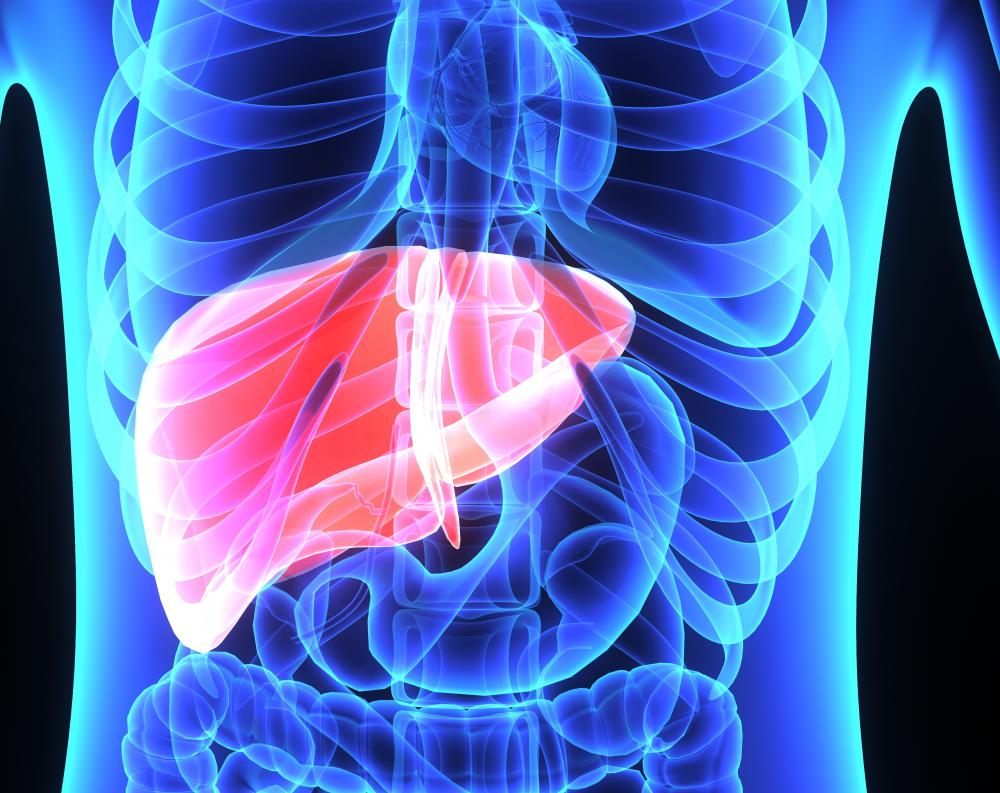At WiseGEEK, we're committed to delivering accurate, trustworthy information. Our expert-authored content is rigorously fact-checked and sourced from credible authorities. Discover how we uphold the highest standards in providing you with reliable knowledge.
What is a Thrombocyte?
A thrombocyte is a piece of a larger cell called a megakaryocyte. Thromboyctes, also called platelets, are found in the blood. In general, its main purpose is to help blood clot when necessary, such as when a cut in the skin occurs. There are several types of platelet disorders that can affect the blood’s ability to clot when needed.
The production of platelets is generally controlled by the liver and bone marrow. When more thrombocytes are needed in the body, the liver produces a hormone called thrombopoietin that stimulates the bone marrow to produce more megokaryocytes, which can then be broken up into hundreds of smaller platelet pieces. In general, a platelet only lives in the body for about seven to ten days, at which point it is usually destroyed by the spleen.

One of the primary roles of thrombocytes is to help blood clot. Platelets are suited to this function well because these typically have sticky proteins on the outer surfaces and the ability to stretch and change shape. This means that when it comes in contact with broken blood vessels, the sticky proteins are usually able to attach to the cells in the broken vessel walls and to other platelets. Together, these platelets usually then bend and stretch to form a plug in the broken vessel. This process can happen both inside the body, such as to help stop internal bleeding, and outside the body, such as to help stop bleeding from a cut.

There are several types of thrombocyte disorders that can affect the blood’s ability to form clots. These disorders generally fall into three main categories: having too few or too many platelets, or having thrombocytes that don’t work the way they are supposed to. Low levels of thrombocytes, also called thrombocytopenia, may be caused by problems such as an abnormal immune system response, a drug transfusion or a side effect of certain medication. High levels of thrombocytes, also called thrombocythemia, can be cause by problems such as a change in the way stem cells in the bone marrow work. The presence of platelets in the body that don’t work properly can be caused by genetic disorders, such as von Willebrand’s disease, or by certain medications, such as aspirin.

In general, no matter what the cause or type of platelet disorder, many of the same symptoms may be seen due to the similar changes in blood clotting the disorders cause. Such symptoms may include, for example, extensive bruising caused by minor injuries, bleeding from cuts that won’t stop and bleeding from delicate body tissues, such as the gums. Serious problems caused by platelet disorders can also be similar and include potentially fatal blood loss and bleeding into the brain.
AS FEATURED ON:
AS FEATURED ON:


















Discussion Comments
Over-medication with drugs that are designed to treat thrombocytopenia can result in thrombocytosis, a condition that causes an abnormally high platelet count in the blood. Beware of overusing the drugs eltrombopag and romiplostism in particular to avoid thrombocytosis.
Post your comments